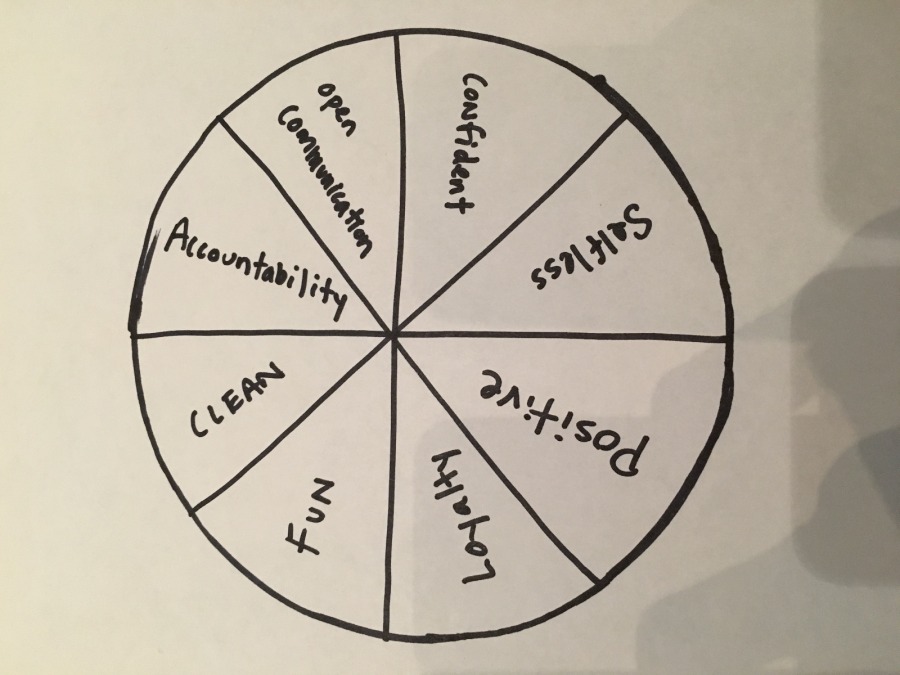Posted by Nordic Team Solutions on Nov 6th 2020
What Makes A Good Teammate?
From Nordic Team Solutions The following exercise is a quick and easy activity to do when a ski team comes together before a long season of racing and training together. One of the biggest things I’ve learned from 16 years on the road with the US Ski Team is how a team is very much like a family. We might get on each other’s nerves sometimes but by identifying what’s expected from a good teammate as well as each other’s differences, strengths, and similarities we are more likely to work together as a cohesive group. (See Building Common Goals) The first step of the exercise is to brainstorm as a group the characteristics of a good teammate. What kind of people do we want to surround ourselves with? Start by everyone sharing some ideas and write down a big list of teammate characteristics and how certain behavior can cultivate a successful team atmosphere. A short list might include the following, but I’m sure you will find more.
Next, have each athlete pick 8 characteristics they feel are most important. Draw a circle on a blank piece of paper and split the circle into 8 parts each section representing one of their chosen characteristics of the ‘Perfect Teammate’. |
 |
Next inform the athletes that they now must rate themselves in each one of these categories. Athletes can use a pencil or a marker to shade in each section of the circle to correspond with how they rate their personal strength in each characteristic. Fully shaded-in means they feel they are 100 percent proficient. |
 |
Finally, go around the room and let the athletes share their shaded circles. Talk about what characteristics they chose to make up a perfect teammate and why. Talk about why they rate themselves strong in some characteristics and weak in others. Encourage athletes to keep this paper in their training log or somewhere they can look back on it throughout the year to remind them of this exercise and where they can improve as a teammate. Takeaways:
|

